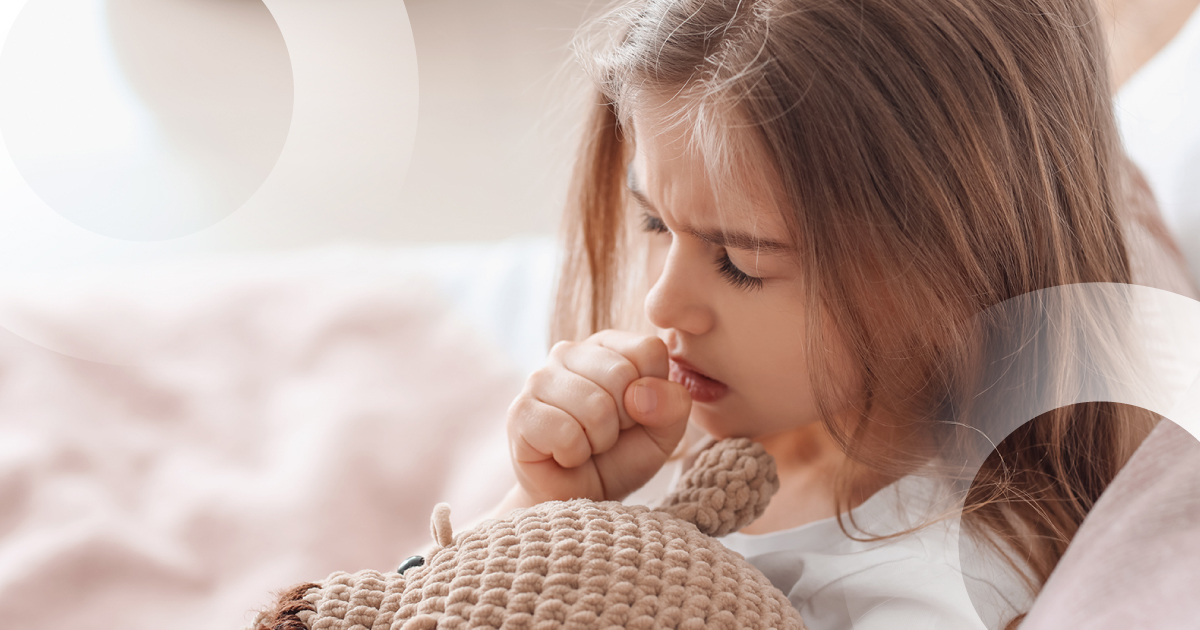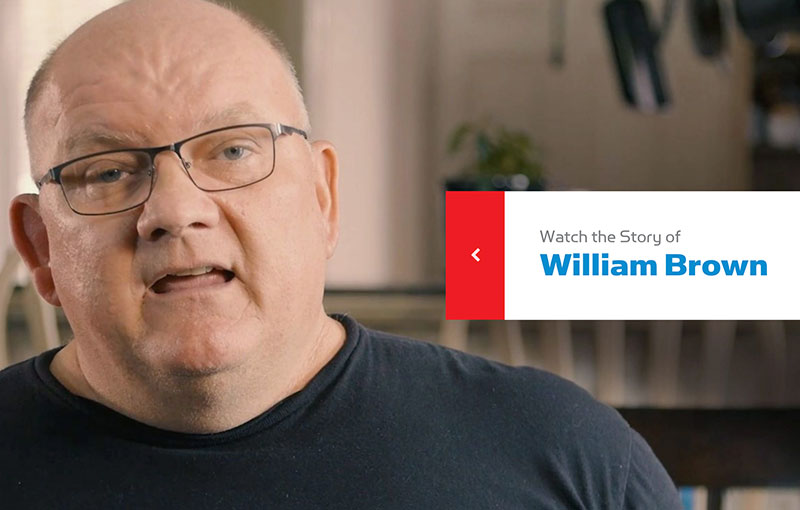Pneumonia in Children: Signs, Treatment, and When to Visit the ER

When your child is feeling under the weather, it can be tough to tell if it’s a common cold or something more serious like pneumonia. Learning the signs, symptoms, and treatment options of pneumonia in children can help you make informed decisions about your child’s health.
What is Pneumonia in Children?
Pneumonia is a lung infection that causes inflammation in the air sacs, often leading to symptoms like cough, fever, and difficulty breathing. It can be caused by viruses, bacteria, or fungi, with viral pneumonia being the most common type in children. According to the World Health Organization, pneumonia is a leading cause of death in children under five years old worldwide, but prompt treatment greatly reduces risks.
Statistics:
- An estimated 700,000 children under five die from pneumonia globally each year.
- In the U.S., pneumonia accounts for about 150,000 hospitalizations annually among children (CDC).
Understanding these numbers underscores the importance of recognizing and addressing pneumonia early.
What are the Symptoms of Pneumonia in Children?
Pneumonia symptoms can vary depending on the child’s age, the cause of the infection, and its severity. Common signs to watch for include:
- A persistent cough that may produce mucus.
- Fever and chills.
- Fast or labored breathing.
- Fatigue or lethargy.
- Loss of appetite.
- Chest pain, especially when coughing or breathing deeply.
- Bluish lips or fingertips (a sign of low oxygen levels).
In infants, symptoms might also include fussiness, difficulty feeding, or grunting while breathing. If you notice these signs, it’s important to consult a healthcare provider right away.
What is the Treatment for Pneumonia in Children?
Treatment for pneumonia depends on the cause of the infection:
- Viral pneumonia – Most cases of viral pneumonia resolve on their own with rest, hydration, and fever management. Doctors may recommend over-the-counter medications to reduce fever and discomfort.
- Bacterial pneumonia – Antibiotics are typically prescribed to target the specific bacteria causing the infection. It’s crucial to complete the full course of antibiotics, even if your child starts feeling better.
- Fungal pneumonia – Rare in healthy children, fungal pneumonia may require antifungal medications for treatment.
Supportive care is essential regardless of the cause. Encourage your child to drink fluids, get plenty of rest, and use a humidifier to ease breathing. Follow your pediatrician’s instructions closely for the best outcomes.
When is it Time to Take Your Child to the ER for Pneumonia?
While many cases of pneumonia can be managed at home, certain situations require immediate medical attention. Take your child to the ER if they show any of the following signs:
- Severe difficulty breathing (rapid breathing, flaring nostrils, or retractions around the ribs).
- High fever that does not respond to medication.
- Persistent vomiting or inability to keep fluids down.
- Signs of dehydration (dry mouth, no tears when crying, or fewer wet diapers).
- Bluish lips or fingertips.
It’s better to err on the side of caution – trust your instincts as a parent and seek professional care when in doubt.
24/7/365 Pediatric Care at Physicians Premier
At Physicians Premier, we understand how stressful it can be when your child is sick. Our team is here to provide compassionate, expert care for your family anytime – day or night. With our state-of-the-art facility and board-certified physicians, you can trust us to deliver the care your child needs when it matters most.
Understanding pneumonia in children can help you recognize symptoms early and seek appropriate care. Prompt treatment can make all the difference in your child’s recovery. For more helpful insights and health tips, visit our blog and learn how Physicians Premier can support your family’s health.
Sources:
“Pneumonia,” Mayo Clinic, https://www.mayoclinic.org/diseases-conditions/pneumonia/symptoms-causes/syc-20354204
“Pneumonia in children,” World Health Organization, https://www.who.int/news-room/fact-sheets/detail/pneumonia
“Pneumonia,” Centers for Disease Control and Prevention, https://www.cdc.gov/pneumonia/
“Pneumonia in Children: Causes, Symptoms, Treatment & Prevention,” Healthy Children, https://www.healthychildren.org/English/health-issues/conditions/chest-lungs/Pages/Pneumonia.aspx
“Pneumonia in Children: Care Instructions,” Alberta Health Services, https://myhealth.alberta.ca/Health/aftercareinformation/pages/conditions.aspx?hwid=uf7160


